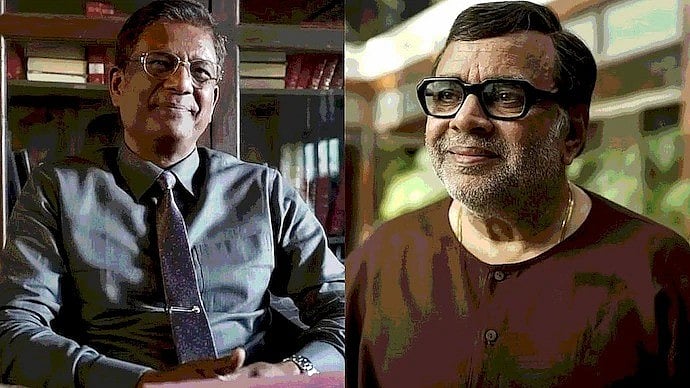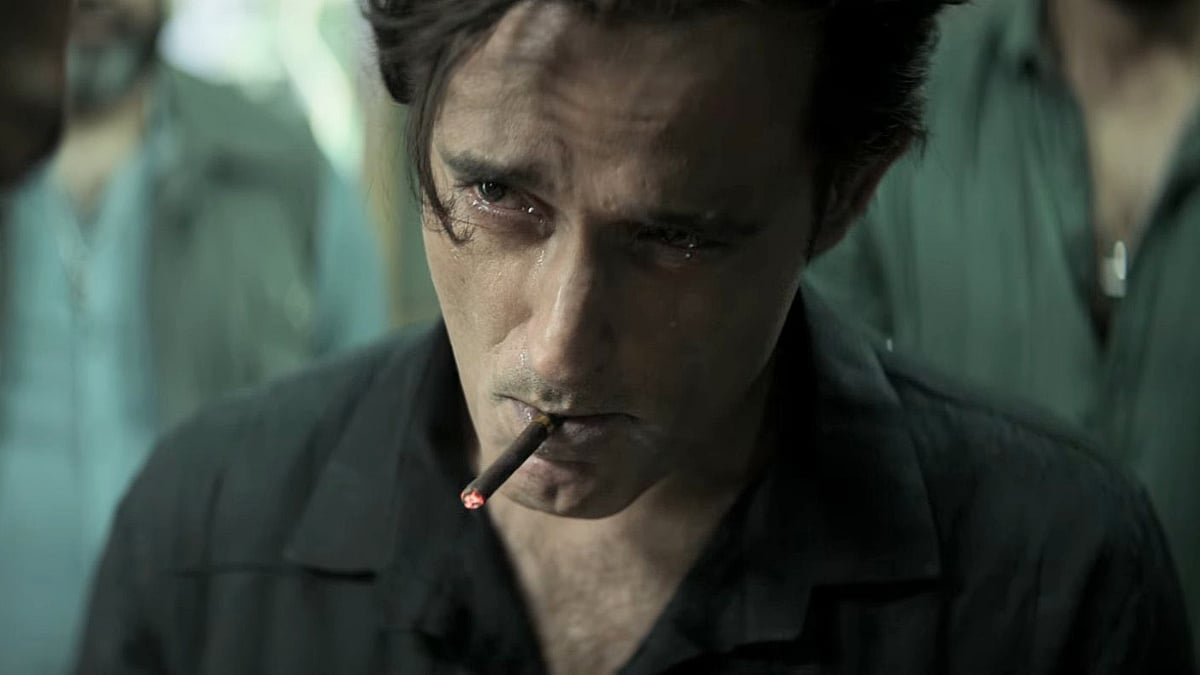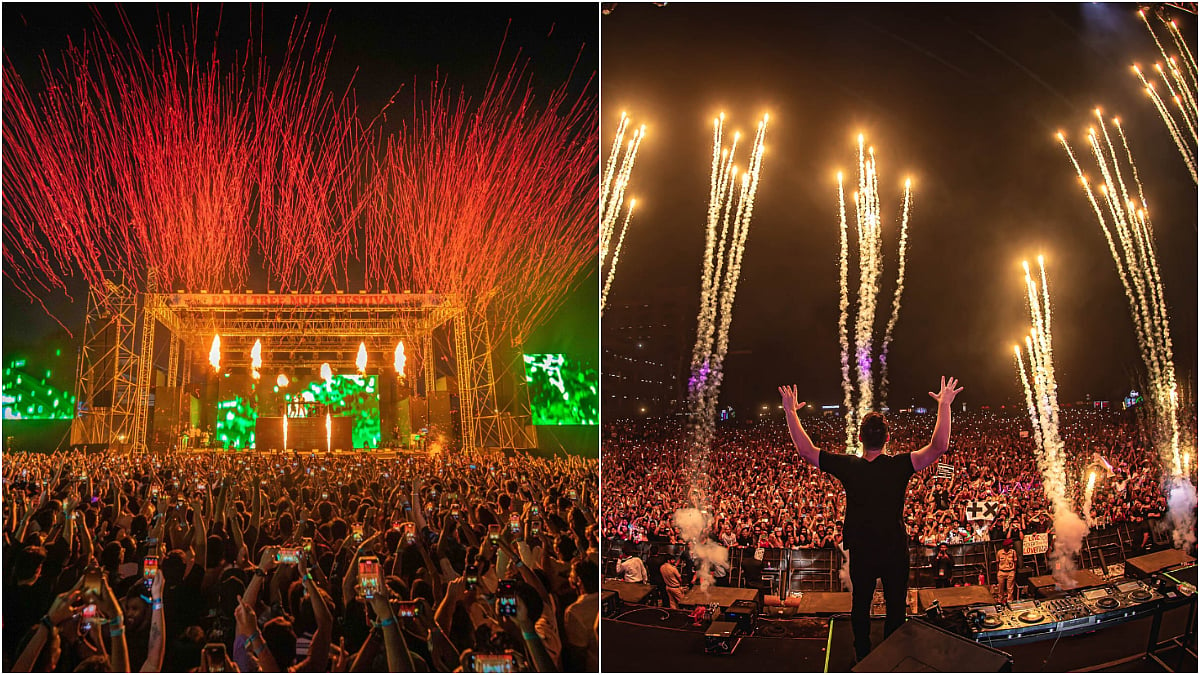Title: The Storyteller
Director: Ananth Mahadevan
Cast: Paresh Rawal, Adil Hussain, Revathi, Anindita Bose
Where: Disney+ Hotstar
Rating: 3.5 Stars
Director Ananth Narayan Mahadevan’s The Storyteller takes a kernel from Satyajit Ray’s Golpo Boliye Tarini Khuro (The Storyteller Uncle Khuro) and expands it into a meditation on creativity, commerce, and cultural contrasts.
At its heart lies a simple premise: a restless Ahmedabad businessman, Ratan Garodia (Adil Hussain), hires a Calcutta raconteur, Tarini Bandopadhyay (Paresh Rawal), to tell him unpublished stories that might cure him of insomnia. But sleep is a distant dream—for both Garodia and the audience. What follows is a battle of intellect and ideology, wrapped in a film that is as much about storytelling as it is about the people who consume it.
Paresh Rawal is undoubtedly the soul of the film, slipping into the role of the whimsical yet wise Tarini with deceptive ease. His dry wit, impeccable timing, and gentle cadence imbue the film with a quiet charm.
Adil Hussain, ever the restrained performer, plays Garodia with an undercurrent of insecurity— a man adrift in a world of books he cannot read, paintings he cannot decipher, and a life he barely understands. Their dynamic, a study in contrasts, is engaging in parts but also weighed down by the film’s preoccupation with cultural stereotyping. Their exchanges—laden with subtle barbs and existential ponderings—carry the film’s narrative, though occasionally, the tempo veers into indulgence.

A still from the film |
Suzie (Tannishtha Chatterjee), the librarian who delights with her extravagant tales about writers, and Saraswati (Revathi), a poignant figure from Garodia’s past, add intrigue and texture to the narrative. Their characters feel more like narrative devices than fully realised individuals.
Nevertheless, the film playfully toys with the idea of appropriation—be it in business, literature, or life. Mahadevan deliberately departs from Ray’s original story, sometimes enriching the narrative and, at other times, over-explaining what Ray left delightfully nuanced. The Bengali-Gujarati dichotomy, while engaging, leans into predictable stereotypes. The Bengali intellectual, the Gujarati capitalist—these tropes are fun in passing but lack the complexity that Ray would have imbued them with. Tarini’s disdain for America as a capitalist blood-sucking entity and Garodia’s obsession with wealth are caricatures that could have used a subtler touch.
Set in a pre-mobile-phone era, the film does succeed in evoking nostalgia and contemplation. It truly excels in its meta-commentary on storytelling itself. The film opens with a playful inversion of the American artist Man Ray’s quote: “To create is human, to reproduce is divine.” It thereafter wrestles with the idea of originality in a world that thrives on retellings. Tarini’s stories, whether about a war-era pigeon or a century-old Aravalli tree, pulse with life. The animation sequences, though simplistic, add a unique quaintness, reinforcing the notion that a story’s power lies not in its spectacle but in its essence.
The film’s leisurely pace encourages reflection and immersion, rewarding those who embrace its unhurried rhythms with a richly textured storytelling experience.
Ultimately, the film is an earnest, well-intentioned homage to Ray, storytelling, and the art of listening. Like Tarini’s tales, it meanders, digresses, and occasionally dazzles.










